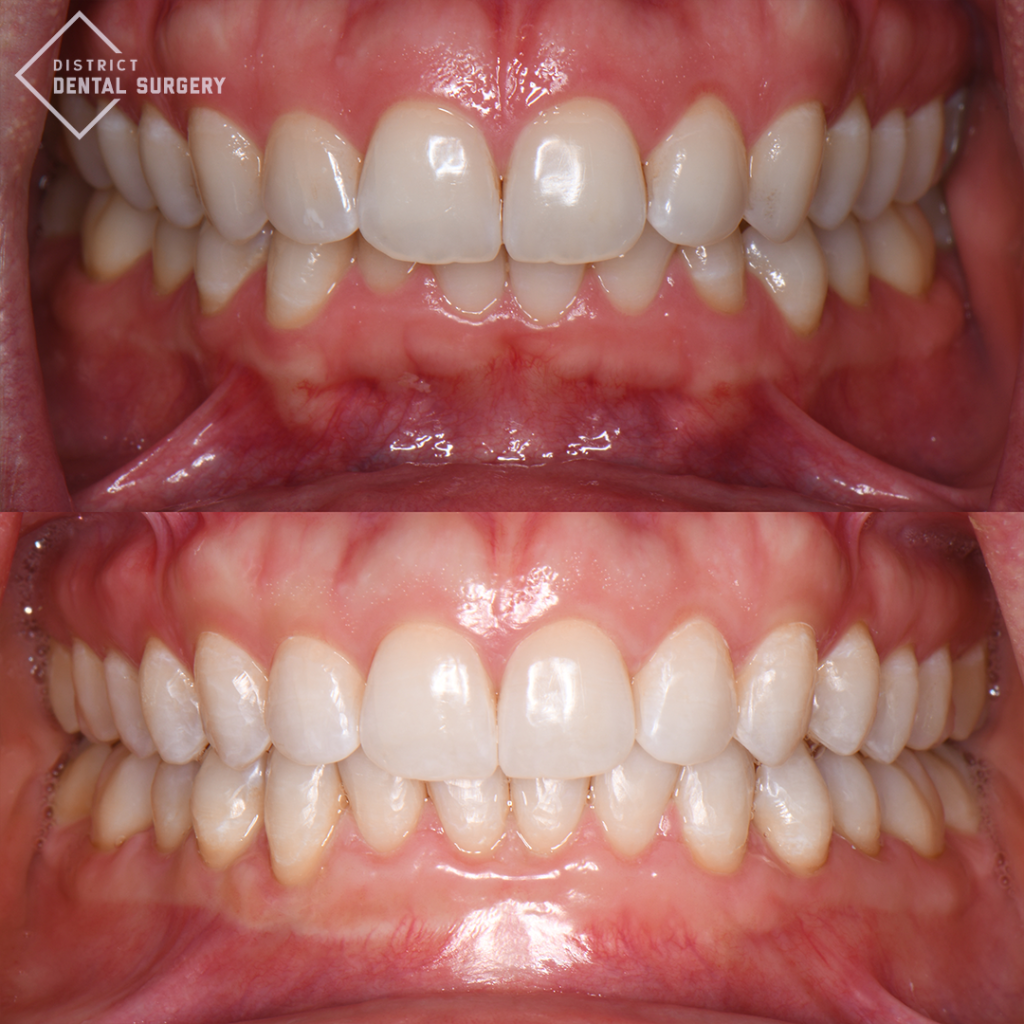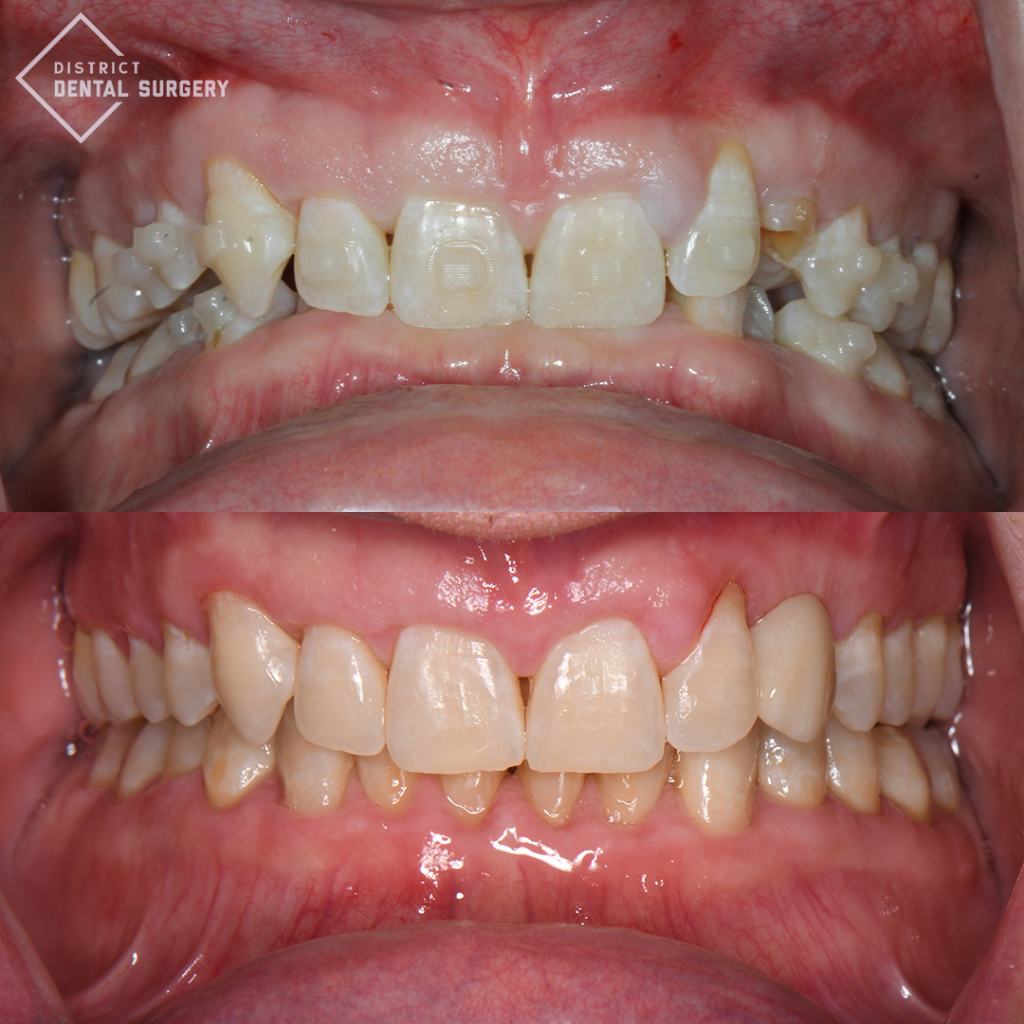SFOT in Washington, dc & Bethesda, md
Surgically Facilitated Orthodontic Therapy (SFOT)
Looking for a way to speed up your orthodontic treatment (Invisalign, braces) and improve your long-term results?
At District Dental Surgery, we offer Surgically Facilitated Orthodontic Therapy (SFOT), a revolutionary technique that accelerates orthodontic treatment and enhances results for patients with complex dental concerns. Serving Washington, DC, and Bethesda, Maryland, our periodontal specialists combine the precision of periodontal surgery with orthodontics to shorten treatment times, improve bone health, and expand treatment possibilities.
If you’re looking for a faster, more effective way to achieve a healthier smile, discover why SFOT at District Dental Surgery is the trusted choice in the DC Metro area.
What is SFOT?
Think of your teeth and jawbone like a house and its foundation. If you want to move walls or expand rooms, you need to ensure the foundation is strong enough to support those changes. SFOT works the same way— it prepares and strengthens the foundation (your bone and gums) so your teeth can move more efficiently and safely during your orthodontic treatment (braces or clear aligners).
By creating a stronger foundation, SFOT ensures smoother, faster, and more effective tooth movement. We work closely with your orthodontist or dentist to create a customized plan for your unique needs. Your orthodontic treatment focuses on straightening your teeth, while we ensure your bone and gum tissue are strong enough to support those changes safely. By combining our periodontal expertise with your orthodontic treatment, we help you achieve a beautiful, long-lasting smile in less time.
How Does SFOT Work?
During the SFOT procedure, the alveolar bone is carefully cut and augmented with bone and soft tissue grafts as needed. This stimulates the natural healing process, creating a healthier environment that accelerates tooth repositioning. By enhancing the effectiveness and efficiency of orthodontic treatment, SFOT can significantly reduce treatment time—potentially cutting it in half! Importantly, SFOT does not require special orthodontic appliances; it works seamlessly with traditional braces or clear aligners. SFOT is that it’s a one-time procedure with lifelong benefits. You’re less likely to experience relapse, bone loss, or gum problems down the road. SFOT ensures your orthodontic results last as long as possible.
How Does SFOT Work with Invisalign?
SFOT and Invisalign work hand-in-hand to help patients achieve faster, safer, and more stable orthodontic results. If your gums are already thin or your bone is weak, moving teeth with Invisalign can make things worse, leading to gum recession, bone loss, relapse after treatment and prolonged treatment times. That’s where SFOT comes in. It strengthens the gum and bone before moving the teeth, which helps minimize these risks down the road and sets your smile up for long-term health. You’ll still wear your aligners as directed by your orthodontist or dentist. SFOT supports and enhances your Invisalign treatment; it doesn’t replace it. By combining periodontal expertise with your orthodontic treatment, we help optimize the health of your smile, reduce treatment time in many cases, and support your results with a stronger foundation.
We Work With Your Orthodontist or General Dentist
At District Dental Surgery, our periodontists work closely with your orthodontist or general dentist to build a customized SFOT plan. They plan the teeth movements (Invisalign), while we, the periodontists, perform SFOT and manage the health of the bone and gum tissue. We collaborate to ensure every phase of treatment is coordinated for the best functional and aesthetic results.
After the SFOT procedure, you will continue your clear aligner treatment as planned. Your orthodontist or dentist will adjust your aligner schedule to account for the accelerated movement made possible by SFOT, so you will change aligners more frequently.
Video 1: SFOT Cuts Invisalign Treatment in Half & Treats Gum Recession
How did we cut this patient’s Invisalign treatment time in half while also treating his gum recession? The answer: SFOT (Surgically Facilitated Orthodontic Therapy).
This patient came to us with gum recession all over and thin bone. His dentist was hesitant to move the teeth because shifting them without addressing the thin bone and gum tissue would have made the recession worse. Instead, we combined SFOT with Invisalign to strengthen his bone and gums before tooth movement — allowing us to safely and efficiently complete treatment in just 3 months instead of 6–9 months.
By thickening the bone and gum tissue, we not only reduced treatment time but also covered exposed roots and prevented future recession. SFOT is a combined approach where the periodontist and orthodontist work together to prepare and strengthen the foundation (the bone and gums) before moving the teeth. This allows for faster, safer, and more stable results — especially in patients with thin tissue or existing recession. After treatment, this patient’s roots are now covered, his gum tissue is healthy, and his alignment is corrected — all in half the time of traditional Invisalign.
Video 2: SFOT Makes Invisalign Possible for Severe Crowding
This patient had severe crowding. In many offices, the answer would’ve been: “You’re not a candidate for Invisalign.” But with SFOT (Surgically Facilitated Orthodontic Therapy), we were able to expand the jaw, create space, and stabilize the gums and bone so Invisalign could work — and work faster. By pairing Invisalign with SFOT, we were able to:
- Create the space needed for the teeth to move
- Reduce the Invisalign treatment time from 2.5 years to 10 months
- Upright and widen the arch for better function and airway health
- Strengthen the gum and bone foundation to help prevent future recession
SFOT is helpful when teeth need more room to move. It allows us to expand and make space in a way that is difficult to achieve with aligners alone. For this patient, their teeth were overlapped and tilted inward, creating a narrow, V-shaped arch. After SFOT and just 10 months in aligners, we not only straightened the teeth but created a wider, healthier U-shaped arch with more room for the tongue and better long-term stability. This approach doesn’t just focus on the appearance of the smile. It focuses on the entire foundation of the teeth, the gums, and the bone.
Video 3: Gum Recession After Invisalign? SFOT Can Prevent That
Thinking about Invisalign? Don’t skip this step. If your gums are already thin or your bone is weak, moving teeth with Invisalign can sometimes make things worse, leading to gum recession. That’s where SFOT (Surgically Facilitated Orthodontic Therapy) comes in. It strengthens the gum and bone before moving the teeth, which helps minimize the risk of recession down the road and sets your smile up for long-term health. If you’re considering Invisalign, make sure a periodontist is part of your team. We can evaluate your bone and tissue first and help set you up for a healthier, more stable result.
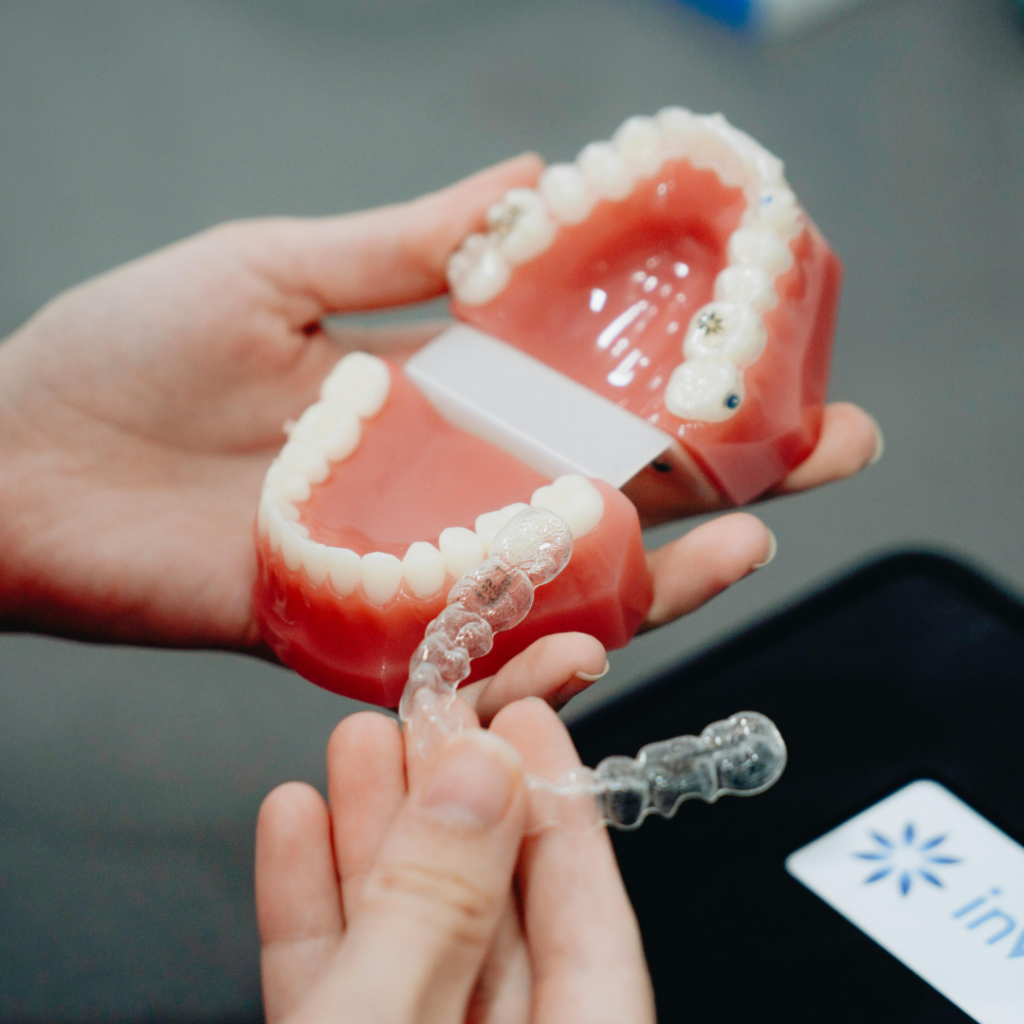
Do I Need SFOT?
While traditional braces or clear aligners are designed to straighten teeth, they don’t always consider the condition of the surrounding bone and gum tissue. For some patients, moving teeth without first preparing the bone and gum foundation can lead to:
1
Gum Recession
When teeth are pushed through thin gum tissue, the gums can recede, exposing the roots and leading to sensitivity and potential tooth loss.
2
Bone Loss
Insufficient bone support can lead to further jawbone deterioration, making it harder to maintain tooth stability.
3
Relapse After Treatment
Without proper bone support, teeth may shift back into misalignment after braces or aligners are removed.
4
Prolonged Treatment Times
Dense or misshapen bone structures can slow tooth movement, leading to longer treatment plans.
Who is a Good Candidate for SFOT?
You may be a great candidate if you face one or more of the following challenges:
Patients with narrow dental arches often experience crowding, misalignment, and a lack of space for teeth to move. Traditional orthodontics may require extractions to create space, but SFOT stimulates bone remodeling, allowing for more efficient and stable arch expansion while minimizing the risk of soft tissue damage. By modifying the bone structure, SFOT ensures that teeth can move into a broader, more balanced position safely.
Moving teeth in patients with thin gum tissue can increase the risk of further gum recession, root exposure, tooth decay, and sensitivity. SFOT thickens and strengthens the gums before tooth movement. This reduces the risk of further gum recession, protects the roots, and enhances the long-term health and aesthetics of the smile.
When major tooth realignment is needed, traditional orthodontics can take several years to achieve the desired result, and without proper bone support, teeth may shift back over time. SFOT accelerates tooth movement while maintaining a strong periodontal foundation, reducing treatment time and ensuring long-lasting, stable alignment.
Orthodontic treatment requires strong bone support for safe and effective tooth movement. However, patients with bone loss—often due to past gum disease or aging—are at a higher risk of complications. SFOT adds bone where needed, reinforcing the foundation before orthodontic treatment begins. This prevents further bone loss, ensures proper tooth support, and allows for more predictable, stable results.
Some patients have a heavy buttressing alveolar bone that resists orthodontic movement, making treatment slower and less predictable. By reshaping and optimizing the bone, SFOT eliminates unnecessary resistance, making tooth movement smoother, faster, and more controlled.
Many patients want to straighten their teeth but don’t want to spend years in braces or clear aligners. SFOT increases the speed of tooth movement, allowing patients to complete orthodontic treatment in a fraction of the time compared to traditional methods.
Why SFOT Works: The Core Benefits
#1: Reduced treatment time
Because the bone is “primed” for movement — via corticotomy, grafting, etc. — teeth move more quickly and with fewer mechanical obstacles. Many practices report treatment time reductions of ~50%.
#2: Improved safety for gums and bone
Instead of risking recession or bone defects by moving teeth into areas with thin or missing bone, you first enhance those tissues. That means you reduce the risk of root exposure, bone loss, and recession worsening.
#3: Better long‑term stability
With healthier bone and gum tissue supporting your teeth, you’re less likely to suffer relapse, recession, or bone thinning after orthodontic treatment.
#4: Wider treatment options
Patients who might have been told “you’re not a candidate for aligners / you must extract teeth / you’ll have a long treatment” may now qualify — thanks to SFOT expanding the possibilities.
What to Expect During Treatment
Here is a typical workflow:
- Initial consultation: periodontal + orthodontic assessment, CBCT/imaging, gum/bone tissue evaluation.
- Surgical phase: bone grafting/augmentation, soft tissue grafting, corticotomy as needed.
- Healing interval: period of soft/healing before full aligner activation (depends on case).
- Orthodontic phase: Invisalign aligner trays are worn, tooth movement proceeds more efficiently.
- Monitoring: periodontal health maintained, aligner progress tracked, retention plans developed.
- Completion and maintenance: aligned teeth + healthy gums/bone = better outcomes.
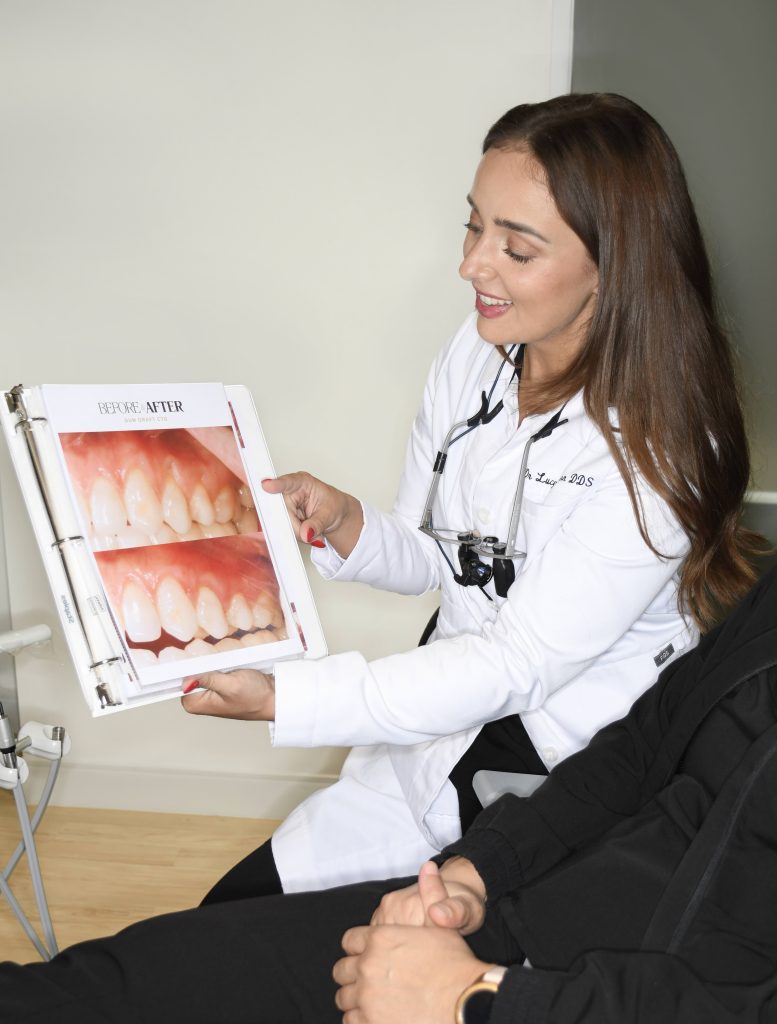
Recovery and Healing After SFOT
After the procedure, you may experience swelling and tenderness. Minor oozing and/or bleeding is normal, up to 72hrs. You will be given a detailed instruction sheet. A soft food diet is recommended- no hard or crunchy foods. The days immediately after surgery, avoid eating or drinking hot foods or liquids. Cold or room temperature is better. No strenuous physical activity during the immediate recovery period. You should plan to rest at home for up to a week. You can read, watch TV, or work at a desk from home. Most patients return to normal activities within a couple of days.
Schedule Your SFOT Consultation
SFOT works best when your care team works together. As periodontists, we specialize in the health of the gums and bone. We partner closely with your general dentist and orthodontist to ensure every phase of your treatment is coordinated from start to finish. This team-based approach allows us to deliver results that are not only beautiful but built to last.
If you have been told you are not a good candidate for Invisalign, have concerns about gum recession, or want to shorten your orthodontic treatment time while protecting your long-term oral health, SFOT may be the solution.
Contact our office today to schedule a consultation and find out if Surgically Facilitated Orthodontic Therapy is right for you.
Frequently Asked Questions: SFOT
Step 1: Invisalign Consultation with General Dentist/Orthodontist
Step 2: Periodontal Consultation with DDS
Step 3: General Dentist/Orthodontist and Periodontist discuss tooth movements/treatment.
Step 4: Patient receives attachments and the first set of Invisalign trays
Step 5: SFOT Surgery is scheduled 1-2 weeks after attachments and delivery of the first set of trays (step 4)
Step 6: SFOT Surgery
Step 7: Follow-ups with DDS (1 week and 2 week post-ops). Suture removal may happen at week 1 or week 2, depending on soft tissue healing. During this time, DDS will instruct the patient when to change trays and how often
Step 8: Follow up with DDS as needed for soft tissue healing
Step 9: Follow up with General Dentist/Orthodontist as needed
One of the biggest advantages of SFOT is that it’s a one-time procedure with lifelong benefits. You’re less likely to experience relapse, bone loss, or gum problems down the road. SFOT minimizes future complications and ensures your orthodontic results last as long as possible.
No, it works with the same orthodontic appliances, such as braces or clear aligners. SFOT simply enhances the effectiveness and efficiency of orthodontic treatment.
The procedure is typically well-tolerated, with most patients experiencing minimal discomfort managed with pain medications.
Our Transformative Results
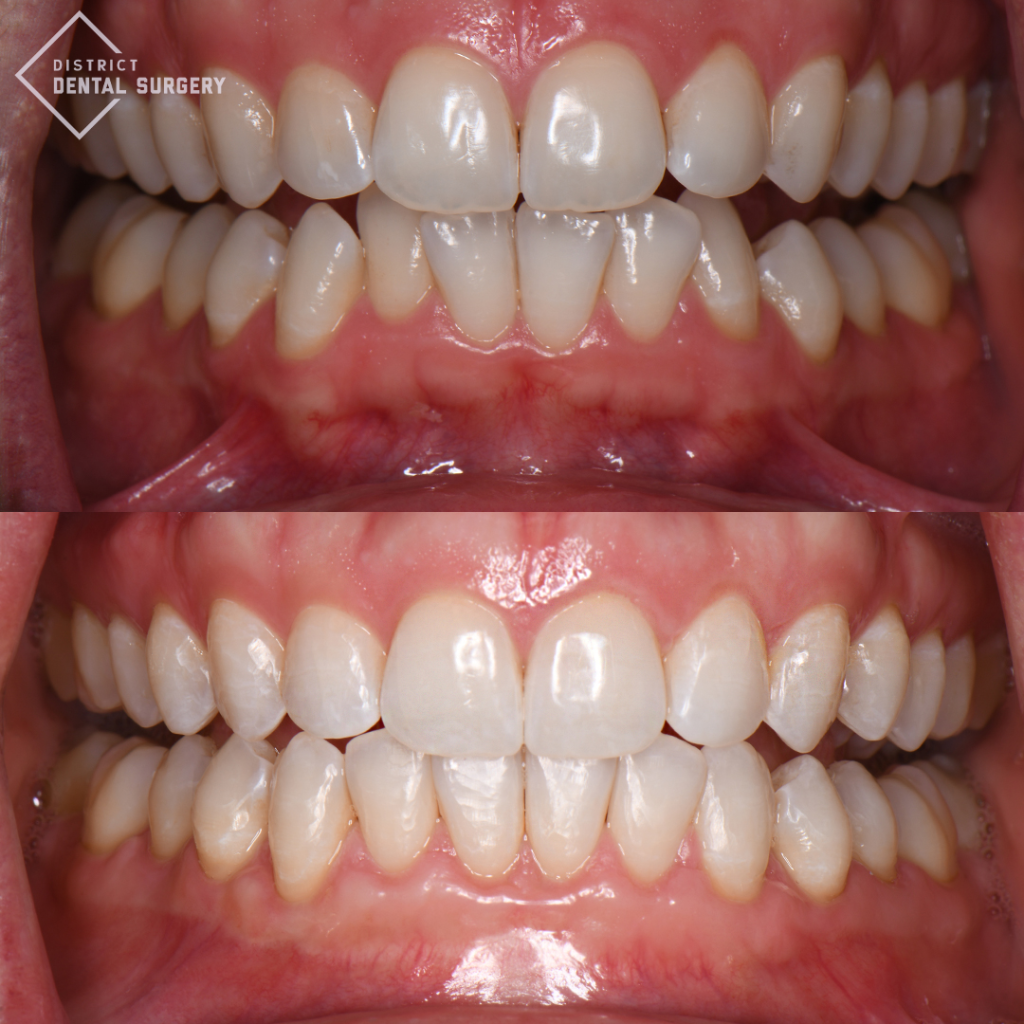
SFOT
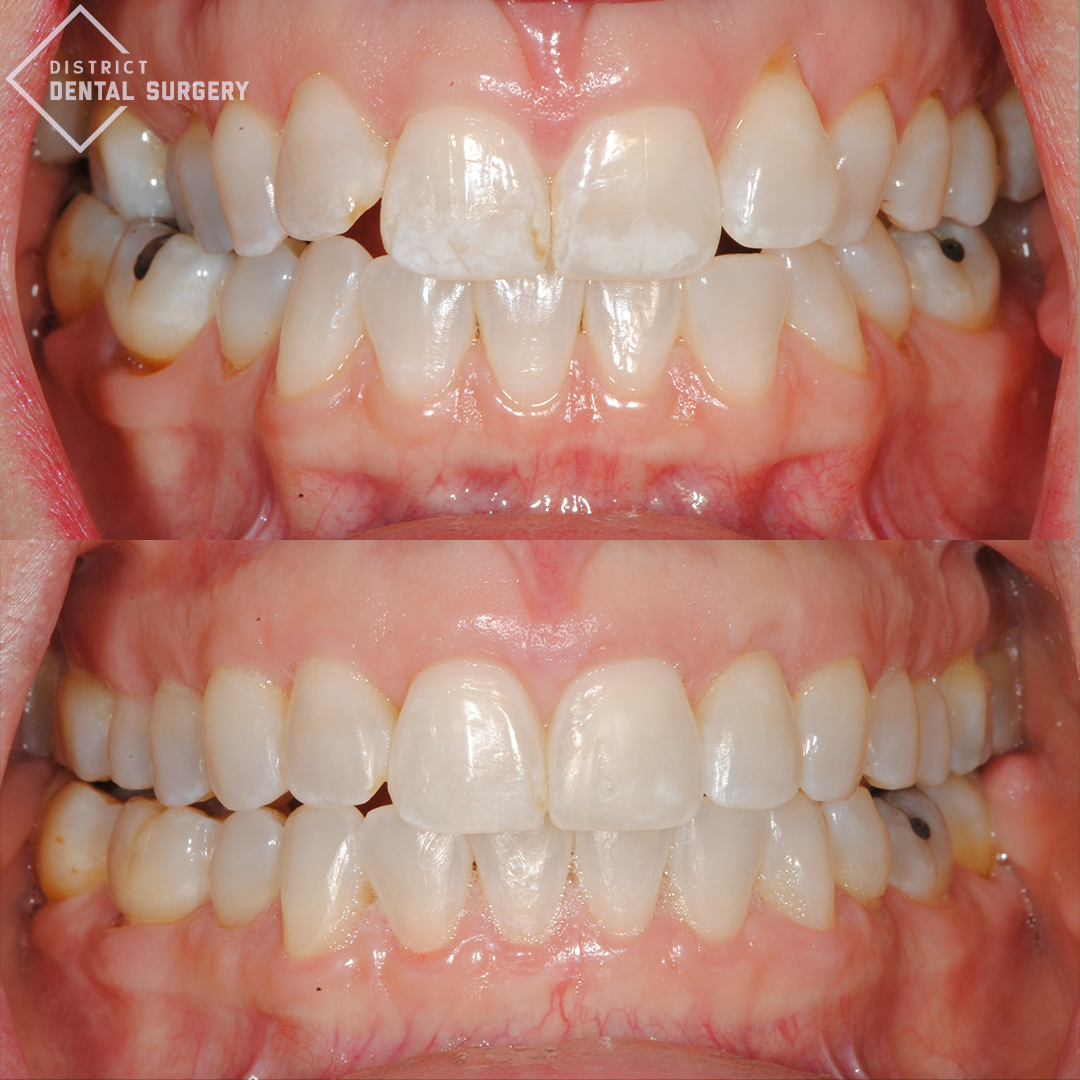
SFOT

SFOT

SFOT

SFOT

SFOT

SFOT

SFOT
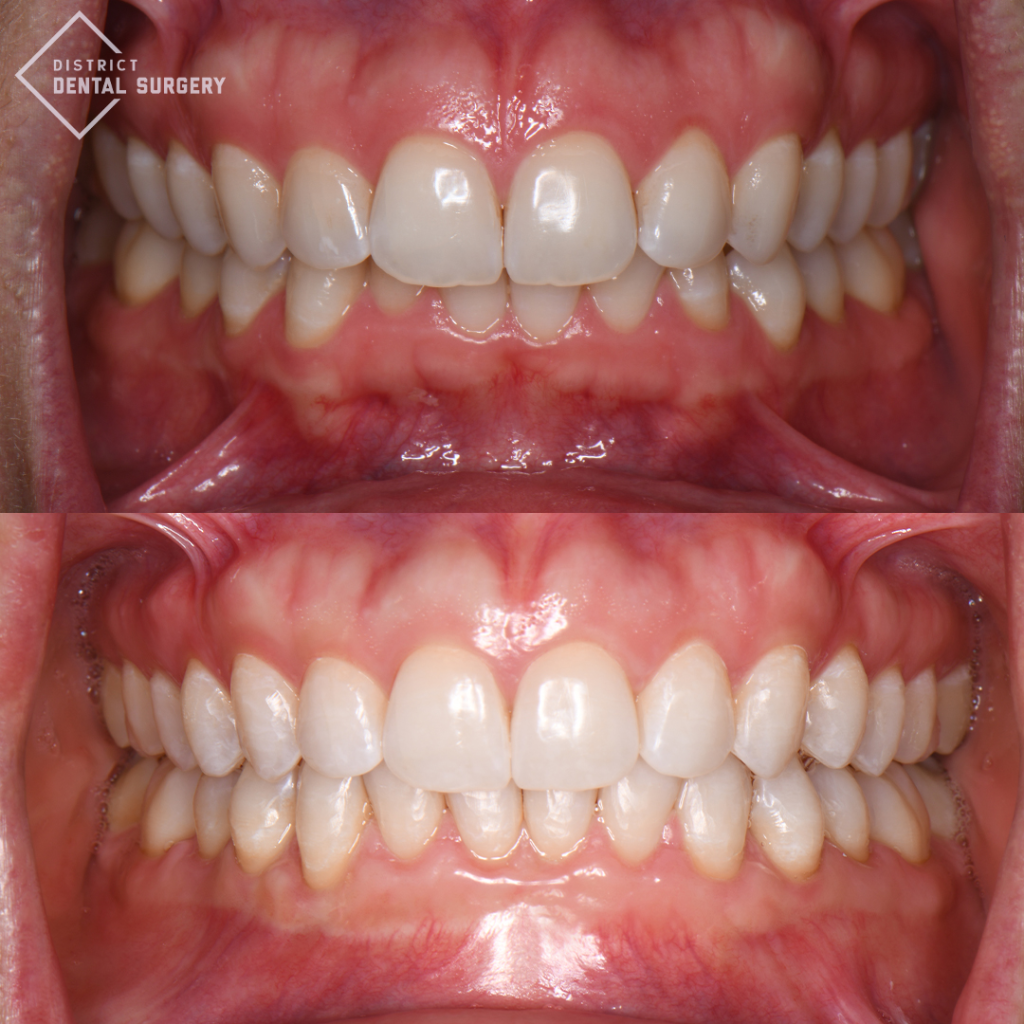
SFOT

SFOT

SFOT
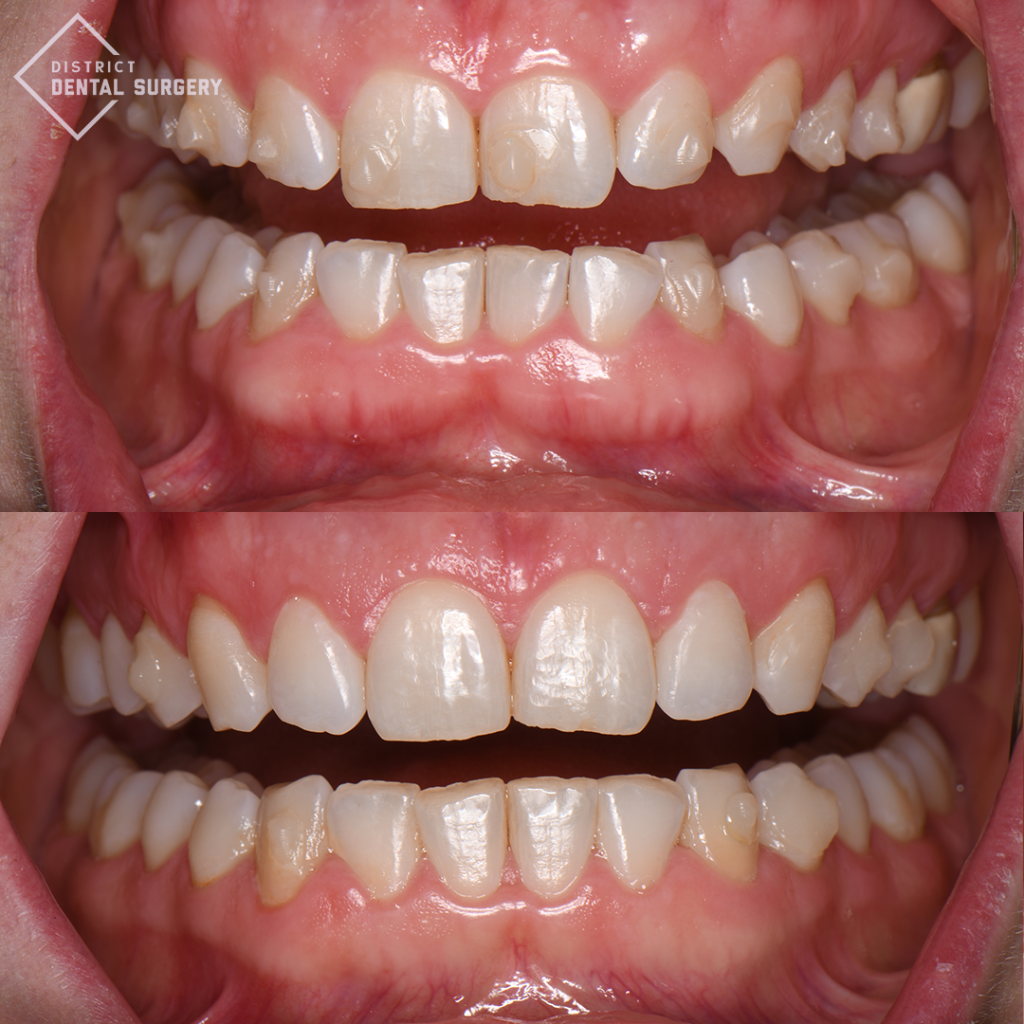
SFOT

SFOT
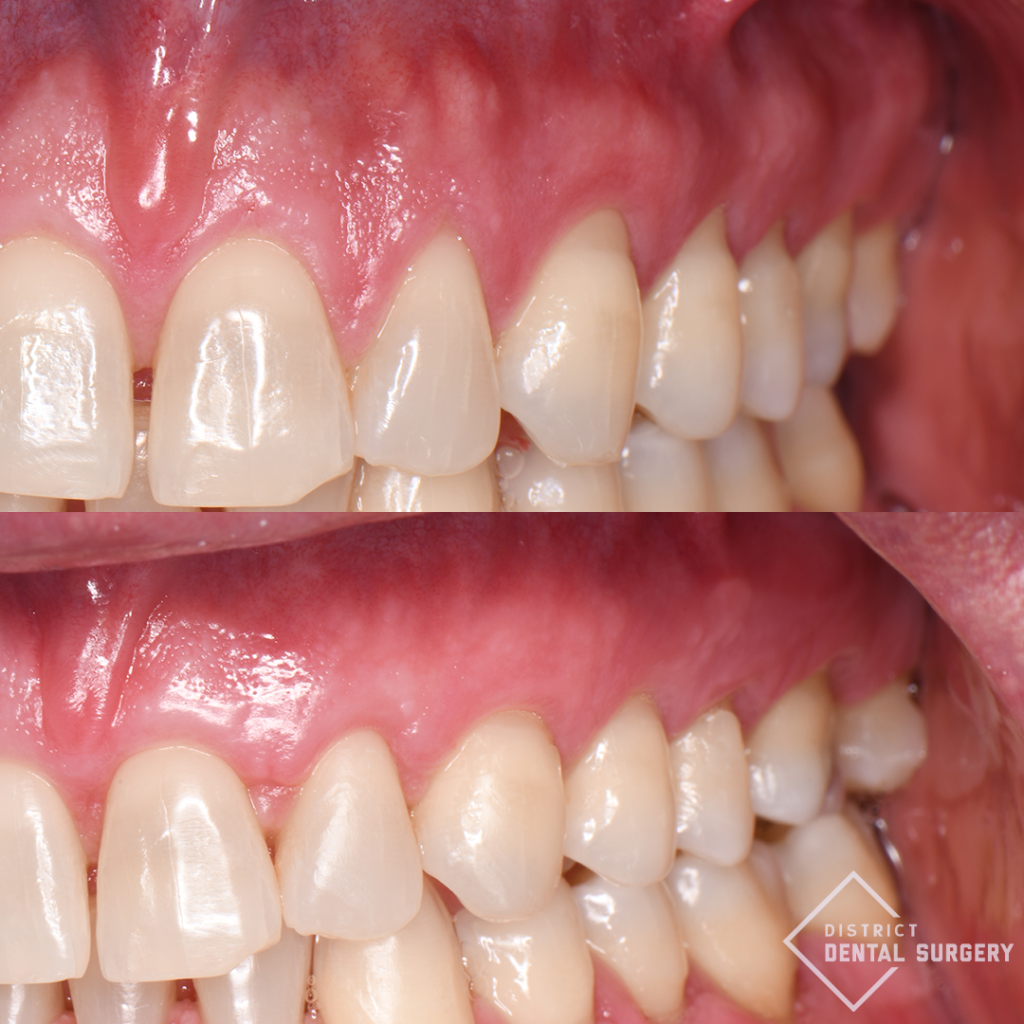
SFOT

SFOT

SFOT

SFOT

SFOT

SFOT

SFOT
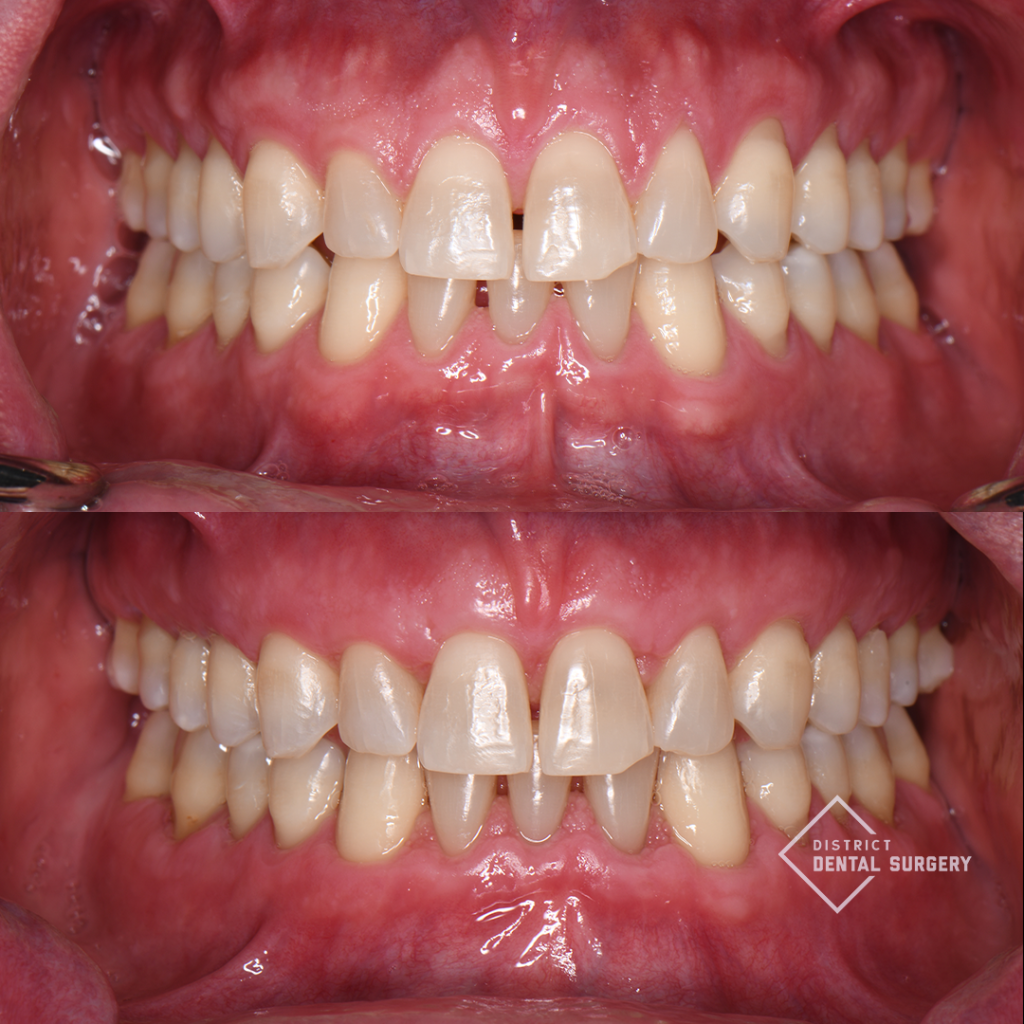
SFOT

SFOT

SFOT

SFOT

SFOT
Testimonials
What Patients Are Saying
Dr. Yousefi was fantastic. She was calm, funny, and capable. She immediately put me at ease (I was pretty anxious). I have never been numbed up so quickly and near painlessly – and the rest of the procedure was then painless, too. She and her team gave clear directions as to what to do for the next 24 hours and beyond, what to eat, how to care for the flipper temporary tooth, and answered all my questions. The staff called me the next business day to follow up and answered more questions that I had come up with by then. Highly recommend.
Phyllis R.
Dr Lucy Johnson was the best! I really am grateful for her help with my dental issue, and so impressed how fast she got me in and that she was so understanding of my dental anxiety! She made sure my anxiety was controlled before my appointment and was extra careful to ensure no pain during the procedure at all. Highly highly recommend!
Halima B.
My family and I have been patients for maybe 10-15 years! After trying a bunch of different dentists, we found Dr. Yousefi and have been happy with her team and their services ever since. She has helped us with minor issues as well as major long-term care, including a broken tooth and a few implants. The service has always been amazing, and we are very happy with the quality and expertise here. The new, amazing facilities with super convenient parking are just the cherry on top!
Dmitry K.
I had a front tooth extraction with a bone grafting procedure done by Dr. Lucy Johnson, and the experience was excellent from start to finish. She explained everything clearly, made me feel completely at ease, and everything went so well during the surgery.
The recovery has gone better than expected. I was thinking that my temporary would look rugged, but it looks better than my natural tooth! The procedure was painless and recovery has been a breeze- very minimal discomfort. Her team was professional, kind, and responsive throughout. I truly appreciate the level of expertise and compassion Dr. Johnson brings to her work. Highly recommend her to anyone!
Sandra G.
I had gum recession on my molars from brushing too hard. I saw Dr Lucy Johnson and she was amazing. She was kind, patient, and thoroughly explained everything they were doing, including my treatment plan, and answered any questions I had. I couldn’t be happier with my outcome! I would highly recommend.
Dylan P.
Two weeks post-surgery and I couldn’t recommend this office more. Both doctors are wonderful and clearly very experienced with a patient-first mindset. The office followed up frequently after my surgery to ensure I was recovering well and to answer any questions. After two weeks, I have no pain from the surgery and the gums have already healed up. If you are in need of any dental surgery work, I would 100% recommend this office!
Michael A.
Sara is an excellent dental hygienist and really cares about her patients. She is very good at providing a regimen to help my gums. Dr. Eskow did my gum revision surgery years ago and he’s the best. I recently needed some more work done around the come on 12 and Dr. Eskow handled it beautifully, and his assistant Emily was great.. And the staff at the front desk always makes it a pleasant visit.
Mimi B.
Sholto S.
I’ve been a patient of Dr. Raha Yousefi for over two years, and she is truly one of the best. From day one, her professionalism and genuine care for her patients were evident. Dr. Yousefi’s expertise in dentistry is outstanding, and she takes the time to explain every step of the treatment, ensuring I feel comfortable and informed. Her warm and compassionate personality makes every visit a pleasant experience, and it’s clear she deeply values her patients. The staff at her practice is equally amazing—always friendly, professional, and welcoming. I highly recommend Dr. Yousefi to anyone seeking a dentist who combines professional excellence with heartfelt care.
Cezanne B.
District Dental Surgery Locations

Washington, DC
(Formerly Known as District Perio)
1828 L St NW Suite 860 Washington, DC 20036


